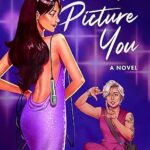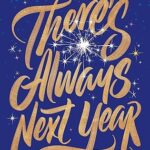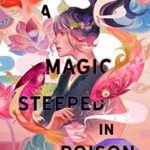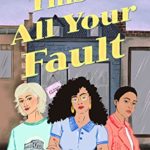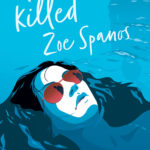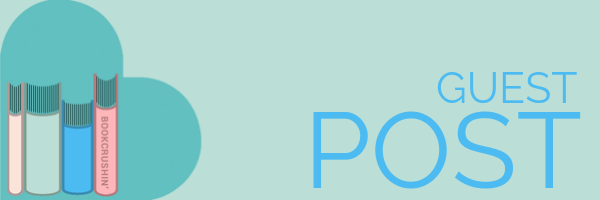
Guest Post & Giveaway: The Truth Project by Dante Medema
In an upcoming post, I talk about all of the uniquely formatted books I’ve read recently. As I was flipping through The Truth Project, I instantly became curious about how Dante balanced writing a beautiful story with a mix of prose, emails, text messages, and poetry. The results are stunning – and Dante’s post about her process is astounding. I recommend checking out her words below and again on Tuesday, when The Truth Project releases!
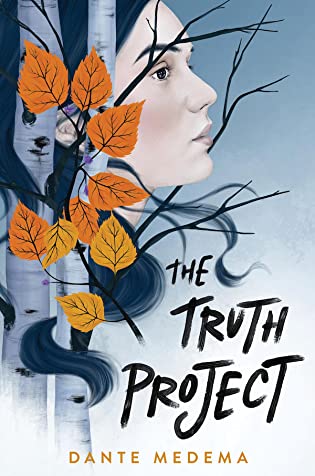
The Truth Project
by Dante MedemaPublished by: Quill Tree Books
on October 13, 2020
Genres: Contemporary, Young Adult
Goodreads
Seventeen-year-old Cordelia Koenig was sure of many things going into her last year of high school. For one, she wasn’t going to stress over the senior project all her peers were dreading—she’d just use the same find-your-roots genealogy idea that her older sister used for hers. Secondly, she’d put all that time spent not worrying about the project toward getting reacquainted with former best friend and longtime crush Kodiak Jones who, conveniently, gets assigned as Cordelia’s partner.
All she has to do is mail in her DNA sample, write about her ancestry results and breeze through the rest of senior year. Done, done and done.
But when Cordelia’s GeneQuest results reveal that her father is not the man she thought he was but a stranger who lives thousands of miles away, Cordelia realizes she isn’t sure of anything anymore—not the mother who lied, the life she was born into or the girl staring back at her in the mirror.
If your life began with a lie, how can you ever be sure of what’s true?
Designing Your Own Unique Format by Dante Medema
For as long as I can remember, unique format has been important to me as a reader. I remember the first time I opened up The Jolly Postman by Janet and Allan Ahlberg—a picture book that included actual envelopes with letters inside. I checked it out repeatedly through my school’s library—I couldn’t get enough. I always gravitated toward epistolary novels. Anything that felt like a diary felt like I was being given unique insight into someone else’s life. There’s something so magical about receiving information in a special and unique way that makes even a timeless story feel fresh and new. When Christy asked me to talk about how I organized the various media featured throughout the book and what my process was like—I jumped at the chance!
MY PROCESS SIMPLIFIED
Really, it begins with an idea and from there I find a character. Once I have a character, I start thinking about the world they live in and ways they communicate with other people. Imagine someone had full access to your journal or phone or computer? What stories would they be able to gather with the information that you put out? Those text messages to a friend that describe a date gone wrong while you’re incredibly polite and appreciative to the poor guy who botched it? Or an email to your boss stating that you’ll dutifully accomplish something on time when you’re emailing your coworker on the next screen to say how stressed you are and can’t possibly take on one more thing? We all have different aspects of our lives that show who we are, and how we’re living in a world that is rooted in online communication. When you start thinking that way, you can find all sorts of ways to build a story out of artifacts. Letters. Emails. Texts. Social media posts. All these pieces alone don’t mean much, but stacked together in order can tell a whole story.
START WITH AN OUTLINE
I know there is a lot of plotters vs pantsers discourse online, and honestly I respect any way people can get their stories out and admire when someone can write a whole book without knowing what’s going to happen first. That being said, I think part of what really helps me organize and brainstorm how to find new structures is having a solid outline. Admittedly, I’m a little ridiculous when it comes to outlines (I think my last one was around 13 pages). But it makes it much easier for me to flex my creative muscles with different formats if I know what’s going to happen throughout every character arc.
BRAINSTORM
So with The Truth Project, I spent a lot of time brainstorming how the main character might get information. Technology has changed everything since I was a kid, but more importantly the way people (not just teens) talk to one another. Texts are generally preferred by most to a phone call, and email that used to be reserved for friendly letters back and forth is now used for businesses and billing. With so many avenues of digital communication, it was at the forefront of my early plans for TTP. The poetry was this whole other aspect that came in when I started to craft the main character Cordelia. I knew she was artistic, and I’d been DEVOURING verse novels the summer I drafted. I loved the idea of this girl who didn’t feel like she belonged in her home and used poetry as her way to express that.
BRINGING IT TOGETHER
After I’m done outlining, I put the entire master-plot into Scrivener. Scrivener is a great tool because it makes it super easy to move texts / emails / poems all around as I’m editing the actual story. Each chapter ends up being around 5-6 separate little “scenes” or artifacts. For example, in TTP, the first “chapter” starts with a short poem, but jumps immediately into a text conversation with her best friend, and then another poem is followed up with an email from her teacher. I really love how you can see all the different sides of the main character. For example, the way she talked to her best friend is entirely different than the way she emails her teacher just a few pages later. I also use each character’s specific communication style as a way to give the reader clues about them. For example, her best friend is much more erratic in her use of texts where her long-time crush is much more methodical in his communication.
Ultimately, the way we communicate in the world we live in is essential to who we are as people, and thus important to the characters we have created. We’ve all been left to interpret an email or text message—how infuriating is it to be left on read or not know if someone is mad about something they may have said in passing?
WHY THIS WORKS
For the same reason we love reality tv, and can’t help but read through posted text threads, this format keeps the reader wanting more. That insider knowledge, a voyeuristic look into someone’s life that we shouldn’t have makes the characters feel that much more real. And ultimately, it’s the way we communicate already—bouncing from format to format, receiving information in all its various forms—so it feels organic to the reader (and in my case, the writer) alike.
Giveaway
Win this or any new release featured in October. Open international so long as Book Depository ships to you!


